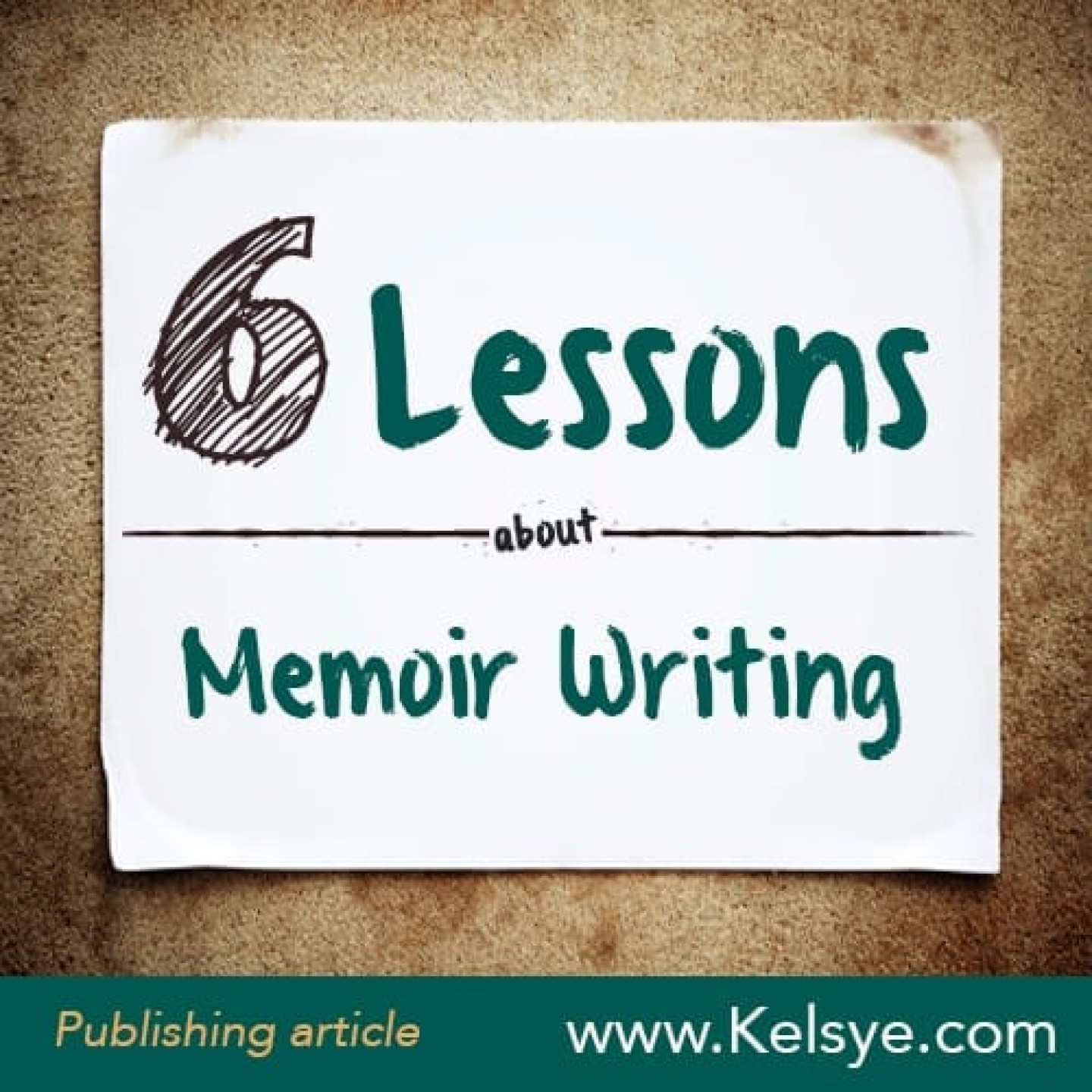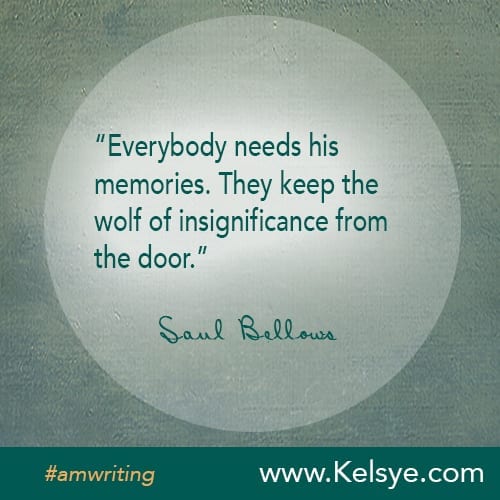
Not training properly for my recent half-marathon might have been a sub-conscious strategy. What would happen if I faced a challenge that wasn’t easy? What would happen when I hit a wall, or when I felt real pain?
Comfort infuses my life. I wake at reasonable hour, push button for instant caffeine, slip on whatever for the five-minute drive to drop kiddo off at school. Entrenched in my cushy chair in my home office, gazing out a window at golden morning light, probably not even wearing pants, I push the button to power up my screens. Snacks on my right, coffee on my left, big dog plopped over my bare toes. Hours pass.
How easy it is to forget you dwell in a body when you make a living using solely your brain, with occasional interfacing with the physical world through minimal hand movements.
My husband and I each bought those Fitbit bands to track and encourage daily movement. A minimum of 10,000 steps sets the bar. No sweat. A couple walks around the neighborhood gets that done licitly-split. If I make it out for an actual run, I’ll soar past the goal.
Imagine my horror when I discovered that some days I didn’t even come close to the goal of 10,000. After a day of click-clacking away, a casual check of my steps revealed that I barely broke 2,000. In fifteen waking hours, I’d only walked the equivalent of four laps around a high school track. No wonder my flesh seems to be filling and softening. No wonder fatigue comes over me so easily.
Regular runs help, but still fall short of some primal need. Yes, better fitness habits and routine improve not only my body, but also my mental health and over-all productivity. The tightened muscled in my thighs and calves provide much pleasure and pride. But soon those neighborhood jaunts feel ho-hum. It’s difficult to reach the void, to push hard enough that those little anxieties and concerns quiet down so that breathing may receive the full attention it deserves.
“I also know how important it is in life not necessarily to be strong, but to feel strong, to measure yourself at least once, to find yourself at least once in the most ancient of human conditions, facing the blind, deaf stone alone with nothing to help you but your hands and your own head.”
From Into the Wild
So I sign up for a half-marathon, even though I’ve only been running four miles at a time. The day before the race, some strange compulsion overcomes me. My plans for eating lean proteins and fibers falls flat. My husband brings home a box of day-old donuts for the kids. Cutting out 1-inch “tastes” at a time, I somehow manage to eat two entire maple bars, a jelly donut and a bear claw. In the evening, I drink two glasses of red wine. I do remember to hydrate, sucking down water whenever I think of it. I’m not a complete idiot.
Morning of the race I realize my horrible food choices have completely backed up my system. Oh well, I’ll just have to carry it with me.
I squeeze into hard-working compression pants, wrestle a sports bra over my torso and make the drive into the countryside for the race start.
Can I do this? I think I can do this.
Alone in the tightly-wound pre-race crowd, my nervous thoughts ping-pong around the corners of my brain. There is no guarantee. It will be entirely embarrassing if the aid team has to carry me off the course.
The race begins. I force myself to plod, to not let insecurity or intimidation spur my pace to match those of the runners gaily lopping by me.
This is easy, so easy. But I’ve only gone two miles. Eleven more to go.
At the five-mile marker, I’m certain a mistake has been made. Surely this is about halfway, more like seven, right? My GPS confirms 5 miles, but my legs beg to differ.
At eight miles, after I’ve passed the much anticipated turn-around point, my earlier insistence on plodding pays off. The crowd around me thins and slows. No one passes me anymore. I pass runners one by one.
At 12 miles, my legs feel like spaghetti noodles, but still keep cycling. I pass everyone – fit or flabby, male or female, young or old, gliding along on endorphins and relief. You made it this far, just don’t think about what you’re doing or how you feel and soon you’ll be at the finish.
There it is! The clapping crowd, the giant arch, the man with the megaphone. I kick hard, knock off a couple more runners before crossing the line, just because I can.
Walking somehow seems more difficult than jogging. Standing is worse. I can’t even think about sitting down. Another runner hands me a big red cup of water.
“Good run,” he says.
“Yeah,” I say. “You too.”
But really we’re saying, I just did that! You did that too! Wow! Life is amazing! Wow! Everything is awesome! I am awesome! Wow!
After I’ve stuffed myself on halved bananas and sample protein bars, I limp back to my car to head home. When I get out of my seat after the hour drive, my legs barely bend. I hobble like the tin man up my front steps.
My husband and kids nod at me, say good job. I don’t think they understand the depth of what I’ve just accomplished. The endorphin high I shared with the other finishers clearly does not transmit through proximity. I feel as though returning from war. There was this thing and I didn’t know if I could do it. I tried and it was really hard and then I did it. Everything is awesome!
I go to bed at 7 o’clock, very well aware of my body and still delightfully incapable of deep thought.
The week comes. I sit again at my comfortable desk. I plan, strategize, implement. I market, compose, organize. I think. I click, click, click.
Thursday morning my skin crawls. I can barely sit still. I can’t focus at all. I go for a run, eight miles. Ahhh, that’s better.
As an encore event, my husband signed us both up for a Tough Mudder the very next weekend, a 12-mile course containing 20 terrifying obstacles. I haven’t trained properly. My legs are strong now, but I have no idea if my arms can lift anything heavier than a venti green tea. Can I do this? I don’t know. I think I can do this.
Notes: This post was inspired by this brilliant piece by Matthew Inman (The Oatmeal). The half-marathon was the Beat the Blerch. Very fun. Do it with me next year! The 12-mile obstacle course was Tough Mudder. We finished moderately intact. Three days later, I'm still blowing mud out of my nose.








 This is a guest post by bestselling memoirist and friend
This is a guest post by bestselling memoirist and friend 



















